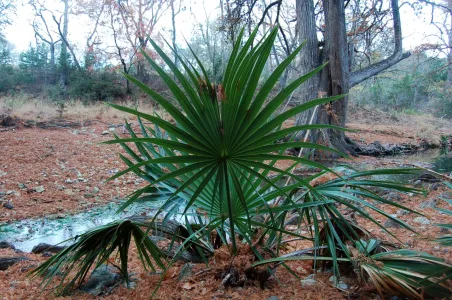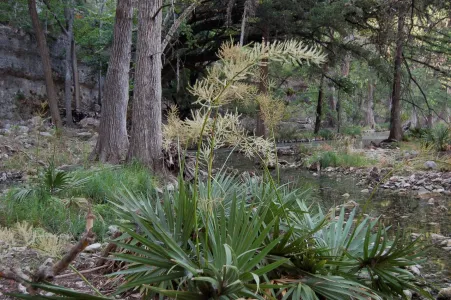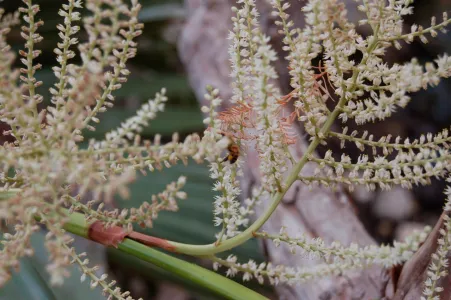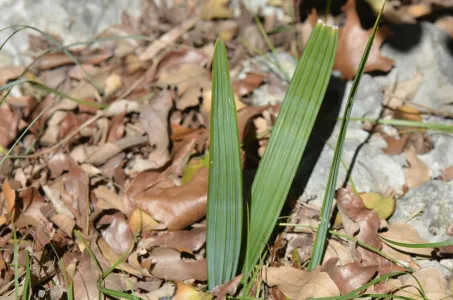By Delmar Cain
Apparently it is official. In its February 15, 2013 edition the Texas Climate News reported that 2012 was a “record-warm year in (the) contiguous US, Texas, (and) many Texas cities.” As I sit here looking out the window and wishing that I were climbing around outside among the rocks in this 70 degree weather in February, it is hard for me to keep in mind that we are either in the middle of big bad drought or what appears to be more likely a long term warming event.

San Antonio and Austin got off easy with 2012 being only the third warmest year on record for these two cities. But several other cities in Texas either tied or exceeded their warmest years since records have been kept. Some of those cities like Amarillo, Abilene, Dallas, Houston and Del Rio have enough problems without hotter weather.
It’s enough to make a person consider moving to Oklahoma or maybe even, heaven forbid, back to Arkansas (where I was born). Unfortunately, Oklahoma City, Little Rock, New Orleans, and Albuquerque also had their warmest recorded temperatures. Whatever we Texans have must be catching.

The heat is bad enough, but when it comes with drought, it’s awful. I thought we were through the drought last September. But apparently the three months of October-December of 2012 were the third driest October-December for Texas, according to our Texas State Climatologist, John Nielsen-Gammon.
So it will come as no shock that the reason that I lost numerous ashe junipers over the last two years was the drought and heat. Even though there was no formal autopsy, Mark Duff with the Texas Forest Service reached that probable conclusion when he visited our place in early January. Spider mites, juniper budworms and even borers may have wandered through the neighborhood. But the mature ashe junipers probably succumbed to the stress of the drought. When a mature ashe juniper shuts down for lack of water it will not recover.
As my mother would have said about now, “Can’t we talk about something pleasant for a while?”

One of the pleasant surprises that can be found along the creeks and rivers in Kendall County is a plant that appears as though it may have fallen from a truckload of exotics from the tropical regions of Central America. In fact a neighbor considered removing several from his property until he found that the palmetto, dwarf palmetto or bush palmetto (Sabal minor), a member of the Palm family, is as native to this area as the live oak.
We are fortunate to have the palmetto in our area, the far western edge of its range. It can be found as far north as Oklahoma and the southern half of Arkansas, but it is more likely to be found in the lowlands and the swamps in the Gulf States and north into North Carolina. This species is one of the few palms that can withstand cold temperatures with some having survived temperatures to almost zero degree Fahrenheit.

The plants that I have seen have generally been in the range of 3-5 feet tall and 3-5 feet wide. However it may grow as tall as 10 feet in an especially favorable spot. The Wildflower Center indicates that the plant will form a trunk when it grows in standing water. And although it needs abundant water when young, it is drought tolerant when established.
I am fond of this plant for several reasons. In the middle of winter its dark green color makes a striking contrast to the reds and browns of the fallen leaves and serves as a reminder that spring will return.
I also like its fan-like shape, which echoes that of the tail of a male turkey during the spring breeding season. The palmetto doesn’t gobble but it can rattle when brushed along the trail.
The palmetto also has a spectacular bloom in the early summer. It sends up one or more 2-4 foot spikes, from which numerous small white blossoms emerge along stems up to eight inches in length. Insects of all varieties find it irresistible.
As my mother’s favorite (only) son, I am sure she would have approved of at least the last half of this article.


